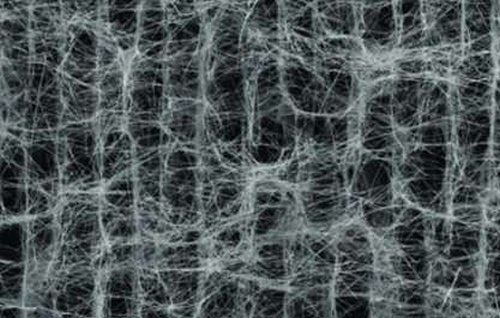Aerogel of silver nanoconductors – a new promising material for electronics and energy industry
New technologies, which are being introduced everywhere in various industries, are increasingly based on new materials with unique physical, optical and electronic properties. Such materials include different types of aerogels, materials with very low density and specific weight, which, as a rule, consist of a “grid” of the thinnest conductors, the gaps between which are filled with air. Not so long ago, researchers from the Lawrence Livermore National Laboratory (LLNL) of the U.S. Department of Energy created samples of a new superlight aerogel, which consists of a network of silver nanoconductors. This material differs from other similar materials by a small proportion, high mechanical performance, high specific electrical and thermal conductivity. All these properties, taken together, make the material a very promising candidate for use in electronics, energy and other fields.
Traditionally, metal aerogels are produced using multi-stage production processes associated with the use of high temperatures, pressure, lack of oxygen, etc. All this makes aerogels quite expensive materials, and their production processes are not suitable for the conditions of mass production of large volumes of these materials.

The main achievement of the researchers from LLNL is not the material itself, the silver aerogel, but the technology of its production. First, the chemical deposition method synthesizes and cleanses of silver nanoconductors. Then the water solution in which the nanowires are stirred is frozen, after which the resulting solid is subjected to a rapid heating process. In this case, the water evaporates, and the nanoconductors are baked together, forming a single network, which gives the material its unique properties.
By regulating some of the parameters of the process described above, researchers can obtain a silver aerogel with different characteristics. And the minimum density of the material received is 4.8 milligrams per cubic centimeter. The weight of this material is so small that its large enough piece, put on top of the rose petals, does not force these petals to sag on a noticeable human eye size.
“In addition to electronics and electrical engineering, the high porosity, superior mechanical and electrical properties of the silver aerogel can be used in new types of fuel cells, energy storage technologies, medical devices, catalysts and sensors of various physical dimensions,” says Kean Fong, lead researcher.